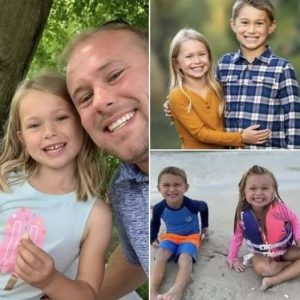1. Music and Memory
Each day, Bessie finds comfort at her piano, where she plays to feel close to her late husband, Jerry. “Oh, Jerry, did you love it today, darling?” she whispers after finishing Debussy’s Clair de Lune. For over fifty years, music had been their shared bond, and now it’s her way of keeping him near. “Now, playing each piece is like a conversation with him—sometimes joyful, sometimes tinged with sorrow.”
2. Conflict with Neighbors
Bessie’s peaceful routine is disrupted when new neighbors complain about her music. “Cut out that racket! I’m trying to work here!” one shouts through the window. Soon after, a woman threatens, “Quit making noise with that stupid piano, or I’ll report you to the HOA.” Then one morning, she finds “SHUT UP!” spray-painted on her wall. The attacks silence her music—and her spirit. “Jerry, what do I do?” she whispers, grieving more than just vandalism.
3. A Turning Point
Her son calls, and his concern rekindles hope. Her granddaughter Melissa visits, and together they reclaim the joy of music with a surprise community concert. Neighbors gather, applaud, and even the former complainers thank her. “Music is your right,” she remembers Jerry saying—and plays on.
4. Healing and Legacy
The concert sparks a transformation. Bessie helps start a scholarship for young musicians, teaches students like Camila, and plays a duet at a civic concert. A mural on her home now reads: “Music heals. May we always listen.” Bessie’s home, once silenced by hate, becomes a center of harmony and hope.
“Play on, Bessie,” she tells herself. “Play on—and let the world listen.”





